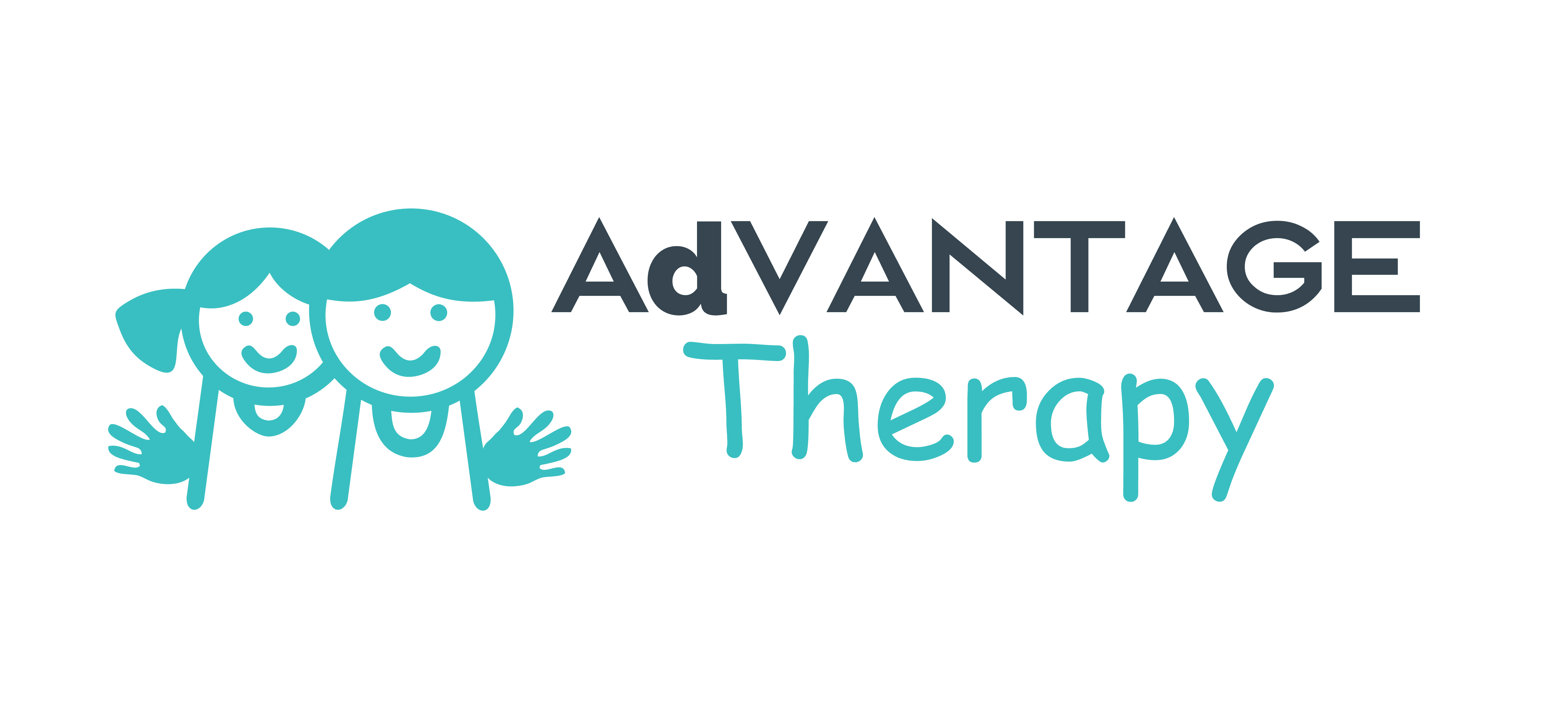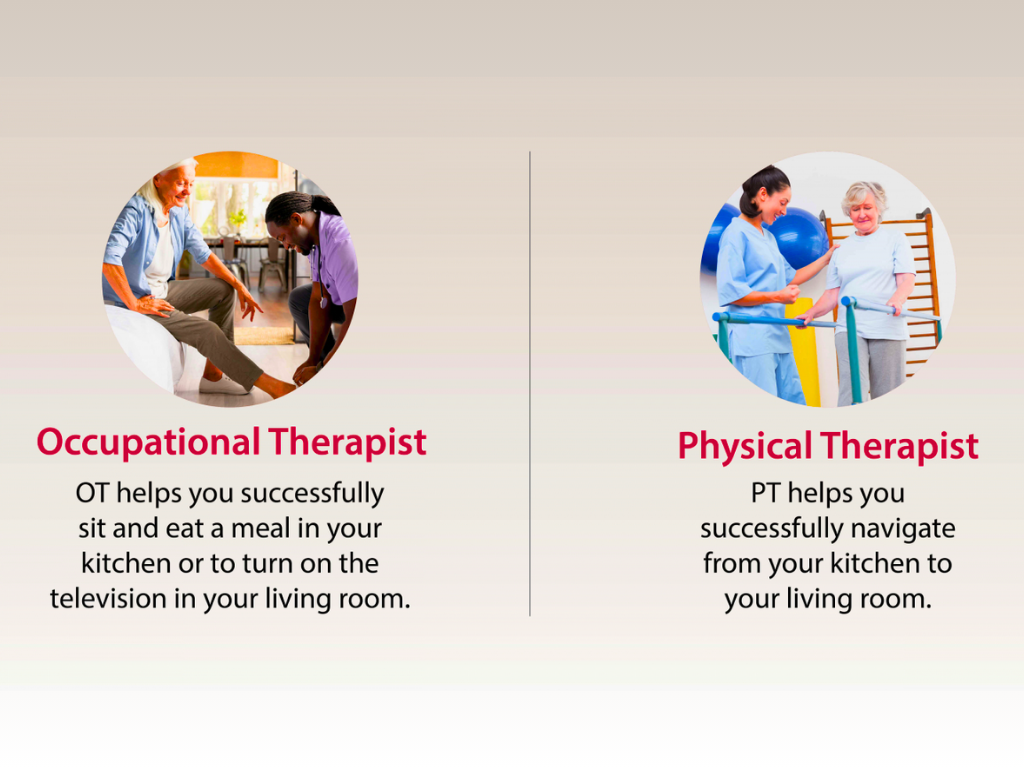Occupational Therapy (OT) and Physical Therapy (PT) are two distinct healthcare professions, each with a unique focus and set of interventions. However, some individuals still don’t know what is the difference between occupational therapy and physical therapy. Understanding their differences is crucial for individuals seeking rehabilitation or therapeutic services.
OT is beneficial when someone needs assistance with daily activities due to physical, cognitive, or psychosocial issues, while PT is recommended for rehabilitation after injuries or surgeries, focusing on restoring physical function and mobility.
Let’s discuss this in detail to gain a thorough understanding.
Physical Therapy VS Occupational Therapy
| Aspect | Occupational Therapy (OT) | Physical Therapy (PT) |
| Focus and Goals | Enhances ability to engage in meaningful activities | Restores or enhances physical function and mobility |
| Scope of Practice | Addresses physical, cognitive, and psychosocial aspects | Focuses on physical impairments and movement dysfunction |
| Treatment Settings | Hospitals, rehabilitation centers, schools, mental health facilities, community settings | Hospitals, outpatient clinics, sports clinics, nursing homes, schools |
| Client Population | All ages, addressing physical, cognitive, developmental, or mental health challenges | All ages, focusing on individuals recovering from injuries, surgeries, or managing chronic conditions |
| Interventions | Modification of environment, adaptive equipment, compensatory strategies | Exercises, manual therapy, modalities to improve mobility and function |
| Collaboration | Works holistically, collaborates with allied healthcare professionals, OT educators, family members | Collaborates with physicians, nurses, and other healthcare professionals for comprehensive rehabilitation |
| Examples of Conditions | Stroke, traumatic brain injury, developmental disorders, mental health conditions | Orthopedic injuries, musculoskeletal conditions, neurological disorders |
| Outcome Goals | Improved ability to perform daily life activities independently | Restoration or improvement of physical function, mobility, and pain reduction |
Difference Between Physical And Occupational Therapy
People often confuse the differences between physical therapy (PT) and occupational therapy (OT) due to the overlapping nature of their services and the similar goals they aim to achieve in enhancing overall well-being. However, it’s crucial to recognize the distinct focuses and approaches each therapy modality brings to the table.
Reasons and Goals
Occupational Therapy (OT) addresses challenges in daily activities due to physical, cognitive, or psychosocial issues, aiming to enhance meaningful participation in life. Physical Therapy (PT) is sought for rehabilitation after surgeries, injuries, or musculoskeletal/neurological conditions, with the primary goal of restoring or improving physical function, mobility, and strength. In short, OT emphasizes daily life engagement, while PT focuses on physical rehabilitation and functional improvement.
Assessment Techniques
Occupational therapy assessments are comprehensive, considering physical, cognitive, and psychosocial aspects. OT professionals evaluate a person’s ability to perform daily activities and may analyze the impact of the environment on their participation. Physical therapy assessments, however, focus on physical impairments and movement dysfunction, emphasizing joint mobility, muscle strength, and overall physical function.
Treatment Duration and Frequency
The duration and frequency of OT and PT treatments depend on the individual’s needs and the nature of their condition. Occupational therapy sessions (30-60 minutes long) may involve longer-term interventions, addressing daily life activities over an extended period. Physical therapy sessions may vary in duration and frequency, often focusing on shorter-term, goal-oriented rehabilitation plans.
Evidence-Based Practices
Both physical therapy (PT) and occupational therapy (OT) adhere to evidence-based practices, integrating research and clinical findings into their interventions. However, the nature of the evidence and the targeted outcomes differ. PT often relies on evidence-based exercise protocols and modalities, emphasizing improvements in physical function and mobility, such as post-surgical rehabilitation or orthopedic injury recovery. In contrast, OT incorporates evidence-based cognitive rehabilitation techniques and adaptive equipment to enhance daily activities and independence, addressing a broader spectrum of occupational performance.
Patient-Centered Care
Practitioners in both OT and PT fields collaborate closely with clients to establish realistic goals. Occupational therapists work with individuals to tailor interventions that enhance their ability to engage in meaningful activities. Whereas physical therapists collaborate on setting goals related to physical function and mobility, recognizing the importance of individualized care in achieving positive outcomes.
Final Words
If you’re a parent seeking help for your struggling child, then it is imperative to understand what is between Occupational Therapy and Physical Therapy. At Advantage Therapy, we emphasize the unique benefits of OT, which focuses on daily activities impacted by physical, cognitive, or psychosocial challenges.
We encourage you to consider our OT sessions for your child, as our approach involves targeted interventions such as modifying the environment and utilizing adaptive equipment. Call us now, taking the transformative step towards your child’s holistic development and a future filled with fulfillment.





